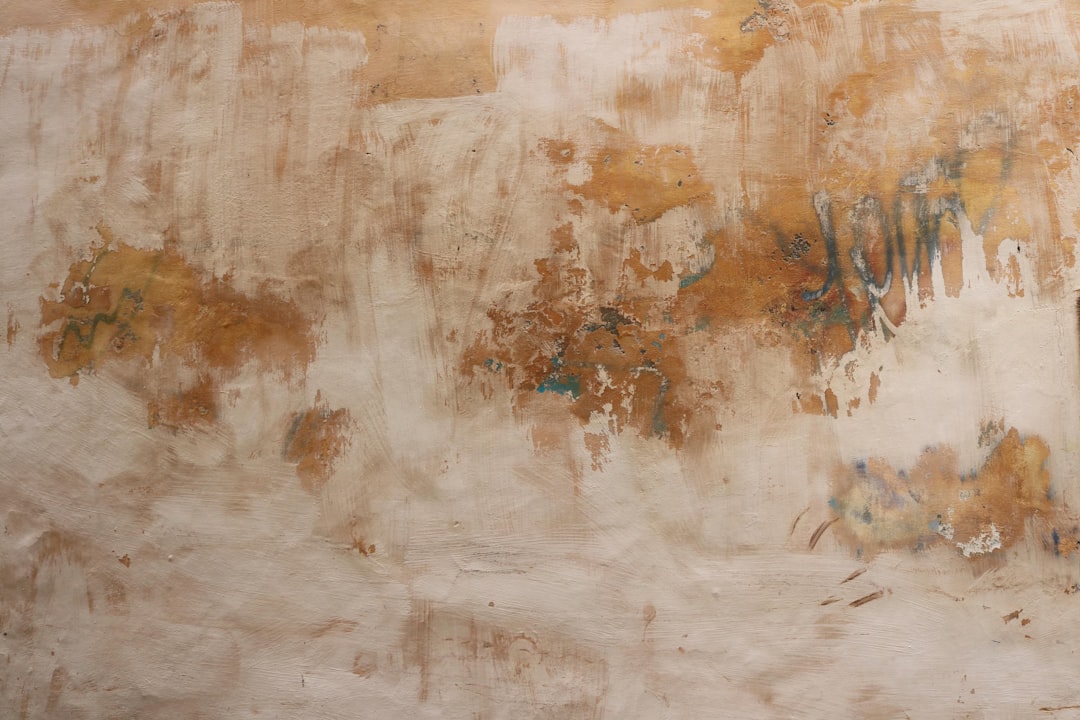Location and wellness potential
Choosing where to live and making the most of it + live class invitation for Dec. 28, 2023
I recently was talking with a beautiful and smart doctor in my new Practitioner coaching program about how ancestral lifestyle practices can be a key to supporting fertility.
And in the course of this conversation, we got to talking about how ancestral living can look very different depending on where your ancestors lived and where you live currently.
I am coming to believe less and less in the idea that there is a one-size-fits-all solution to health (even when it comes to optimizing the circadian rhythm and quantum health).
My introduction to this idea that different people will respond differently to the same environmental input began while I was researching the difference between solar Vitamin D, dietary Vitamin D, and supplemental Vitamin D. Did you know Vitamin D metabolism varies by population?
Differences in individual Vitamin D metabolism
For example, in Steroid Hormone Vitamin D: Implications for Cardiovascular Health (2018), the authors report that:
Norwegians have relatively high recycling ability
Eskimo Inuit have relatively high digestive powers
Equatorial peoples have relatively high resistance to solar toxicity
This idea that ancestry changes the response to the environment expanded while I was writing the Folate Series. I was surprised to find researchers in this space talking about a fertility-based hypothesis of skin pigmentation.
Differences in individual folate metabolism
The general concept is:
UV degrades folate (thereby reducing reproductive strength)
Melanin protects folate
Melanin therefore directly protects fertility in UV-rich climates
I wrote more and cited some of the research on this here:
I’m still working on Part IV of this Folate series that will address the MTHFR gene and more about the homocysteine hypothesis.
And then I discovered that melanin not only protects folate, but is a powerful source of energy in its own right. Yes, humans photosynthesize Vitamin D and other bioactive compounds. We also photosynthesize pure electrical energy from the splitting and reforming of the water molecule by melanin in our cells.
Melanin is more than a UV shield
This energy production by melanin is akin to how plants photosynthesize, only even more powerful. I shared some of the research about that recently, too. Here’s where you can dig into that topic if you are interested:
Individual variations in evening light sensitivity
And it’s not just UV light that people respond differently to. Evening light and sunset frequencies have been shown to have a 50-fold difference in melatonin suppression among healthy adults.
Putting a fertility lens over the range of differences in in Vitamin D, folate, melanin, and melatonin metabolism
Through all this research, a picture of an environmental-ancestral link to fertility began to emerge in my mind.
Can environmental factors—particularly the sunlight and UV index—provide opportunities/challenges to fertility based on the interaction between genetic metabolic traits and the local solar environment?
These lines of reasoning are difficult to tease out of the research—partially because it is not politically correct to even ask these questions. In this era, the location-based origins of traits are largely ignored. Where did the MTHFR gene mutation originate, for example? Is it a coincidence that Hispanic populations have a higher rate of it? What would we find out if variations in heart disease and cancer by latitude were overlayed against individual differences in skin pigmentation at those latitudes? And so on.
Moving house for health
Many circadian and quantum health influencers talk about moving closer to the equator in order to support health. I wrote about changing individual home sites for health reasons, because even at the same latitude, some locations offer stronger circadian entrainment opportunities than others.
Given what we know about how differently individuals respond to different frequencies of sunlight, I am coming to believe less and less in the idea that there is a one-size-fits-all solution to health (even when it comes to optimizing the circadian rhythm and quantum health).
Not only that, but it would get very crowded if everyone moved to the equatorial climates.
Living outside of 30° latitude means there are parts of the year where there is no UVB, and living outside of 10° latitude means there are parts of the year where there is also no UVA.
Yet before the industrial revolution, people living in these extreme climates were recorded has having healthy lives as evidenced by an average lifespan of over 70 years and an average number of children of 5 or more1.
What does this all say about health and the metabolism of all these different hormones and nutrients? Is there a bottom line with regard to fertility?
Live discussion in December
I invite you to come explore this fascinating topic with me in a live discussion Thursday, December 28th at 11:30 AM Pacific. Free with your paid subscription (details below the paywall), or make a donation here to attend:








